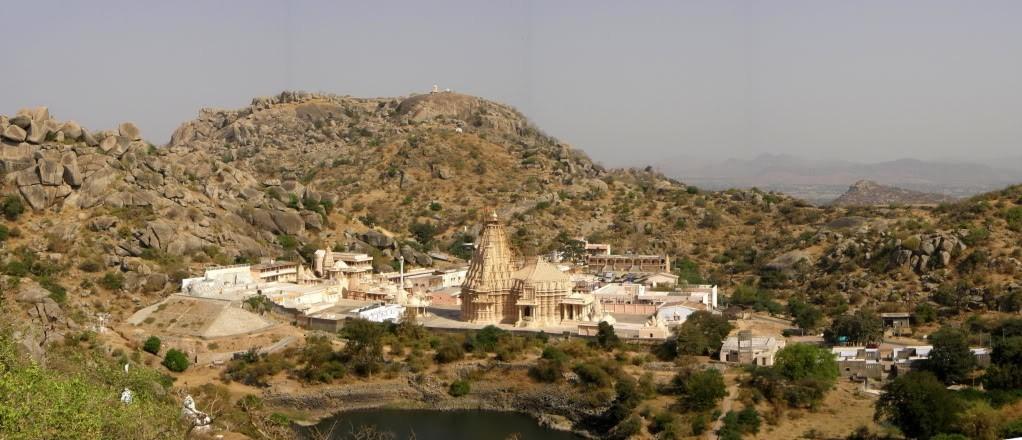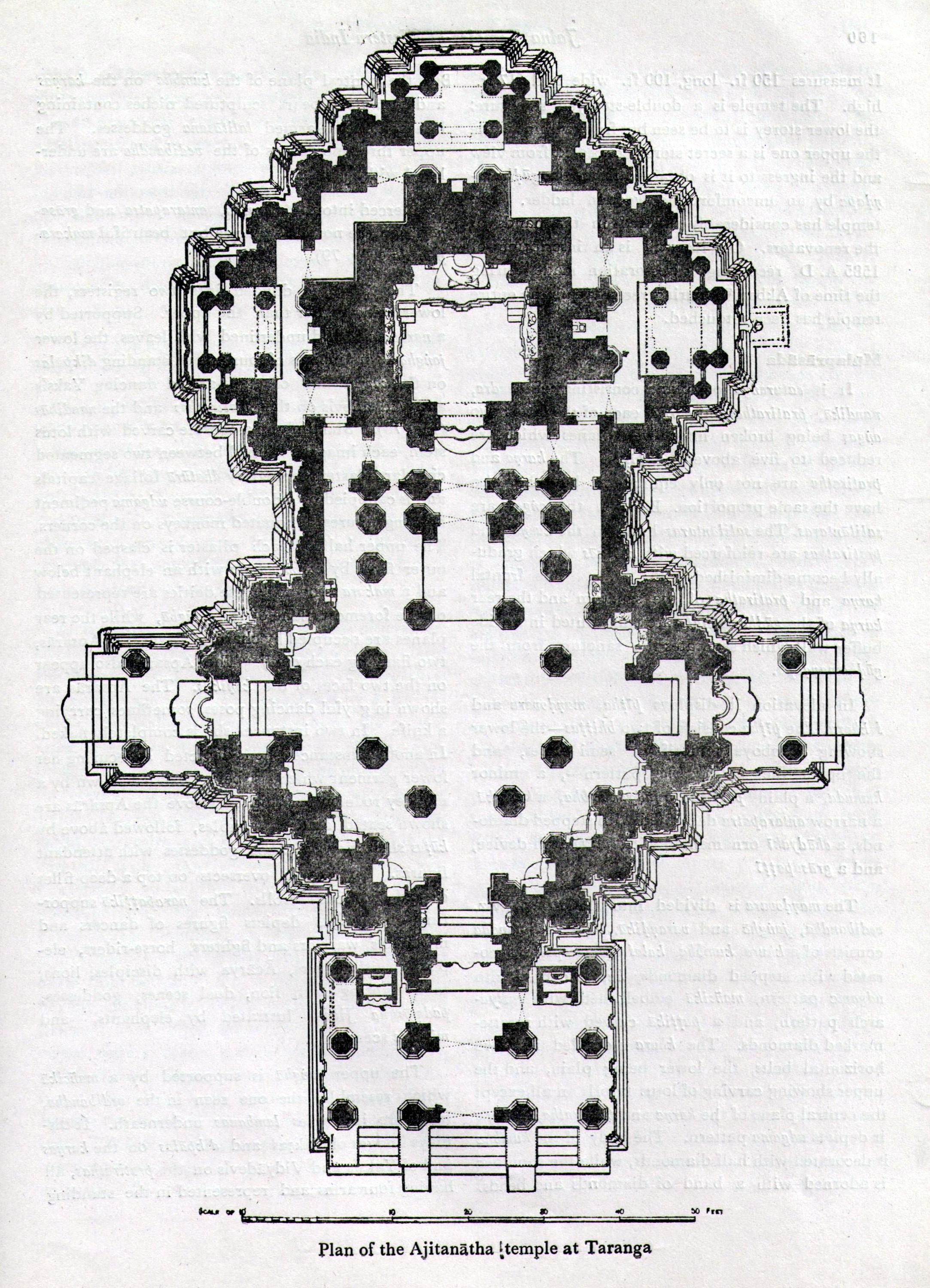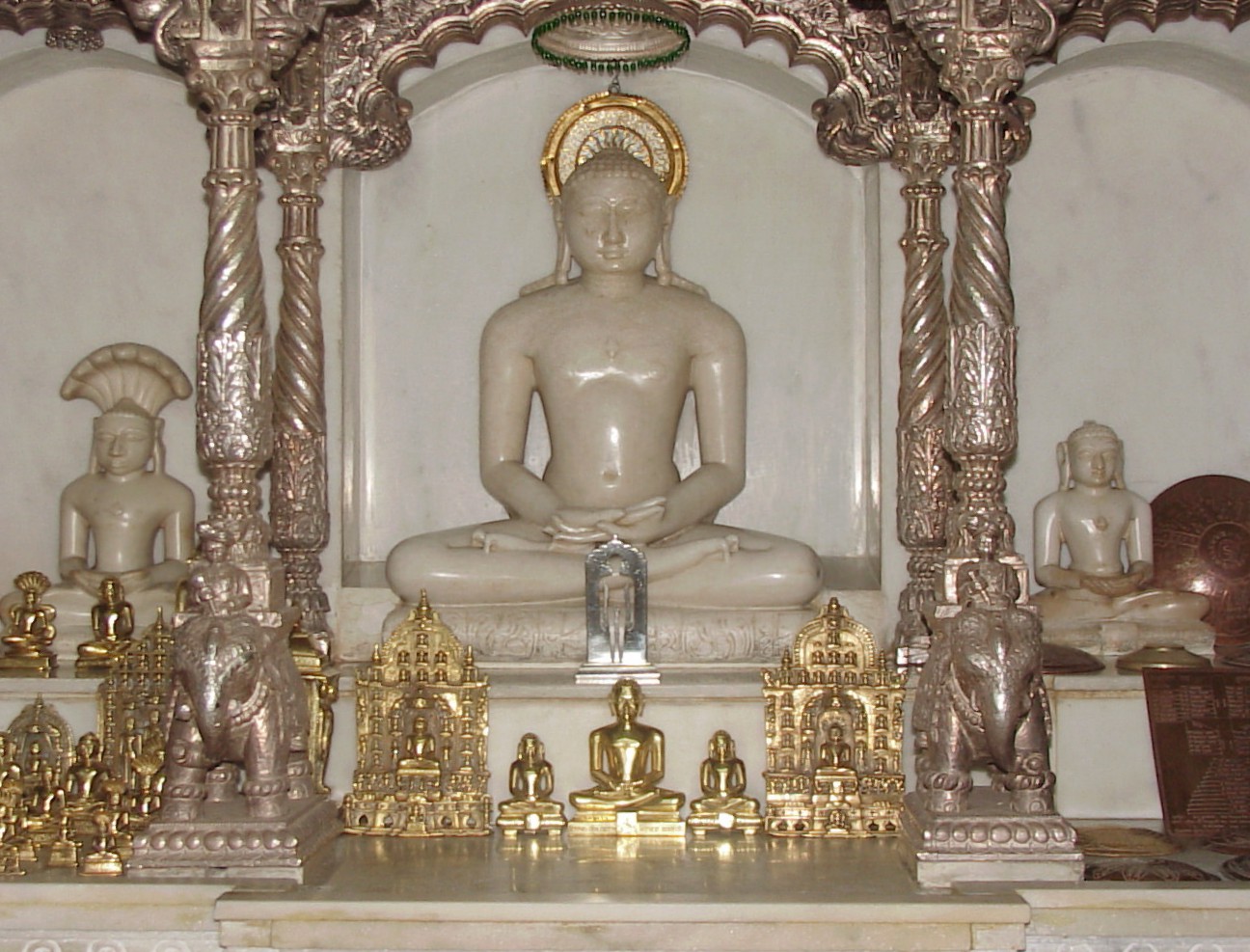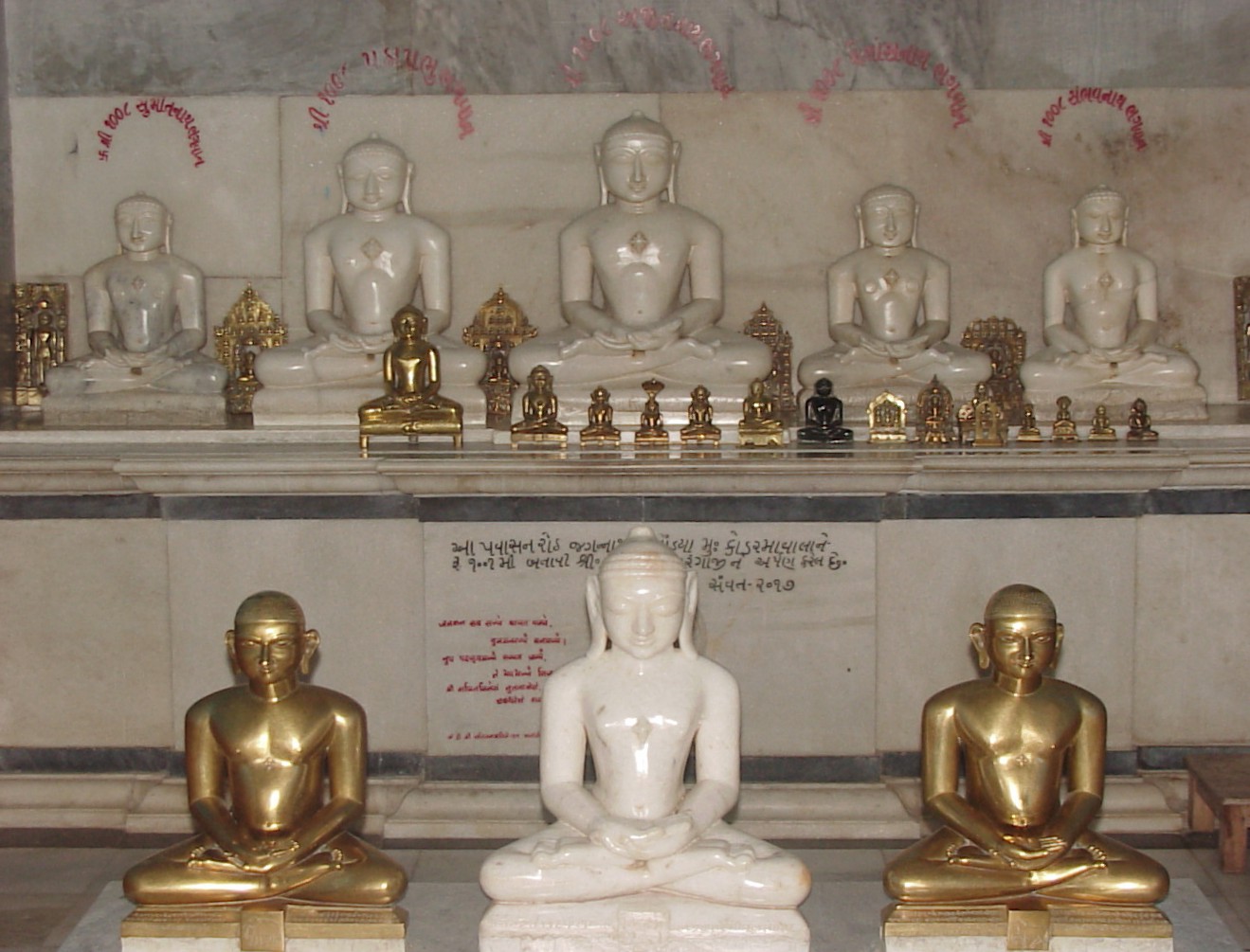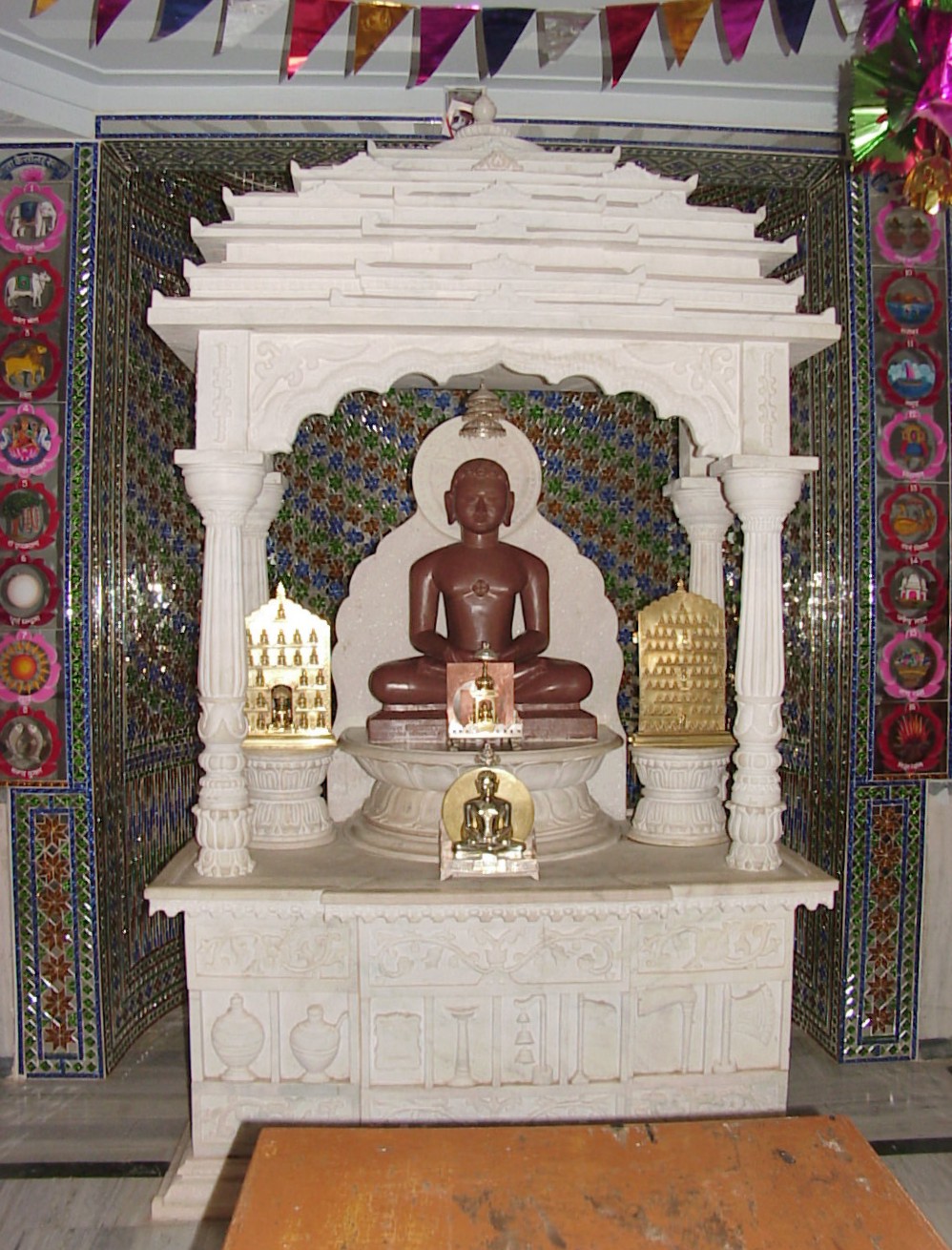Jain Temples at Taranga Hills
Taranga Jain Temple (Taranga Tirtha) is a place of pilgrimage of Digambar and Shwetambar Jains in Mehsana district of Gujarat. It was constructed in the 12th century CE by king Kumarpal of Solanki dynasty, advised by his teacher Acharya Hemachandra. The pilgrimage site consists of 14 temples with a Shikhara temple, dedicated to Ajitanātha, in the centre.
Digambar Jains settled on this isolated hill with its three rocky peaks. Taranaga is a siddha kshetra and it is said that 35,000,000 Munis, including Vardutt and Sagardutt, attained nirvana from this place. The two hillocks, named Kotishila and Sidhhshila, have idols of Bhagwan Neminath and Bhagwan Mallinath of Vikram 1292 (1235 CE).
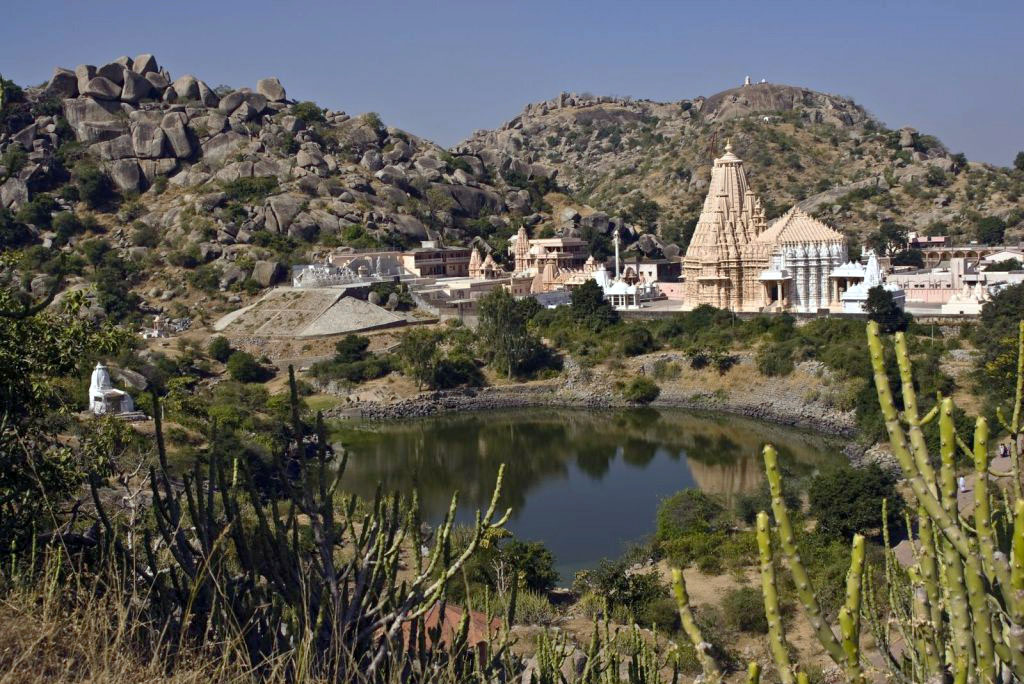
In the twelfth century Solanki king Kumarpal, who was a Svetambar Jaina residing at Patan, selected this site for the erection of an exceptionally beautiful temple in honor of Ajitnath. The building has seven domes; on the right hand side of the temple there are foot-idols of Bhagawan Ajitnath and of the 20 wondering Bhagawan and on the left side, there are a temple of Gaumukhji, the Samavasaran (the open lecture-hall), and the Jambudvipa painting. On the outer platform of the main temple, there are idols of Padmavatidevi and Kumarpal Maharaja.
On the highest elevation of the three-peaked hill there stands a Tonk, a small building in the style of a Muslim grave. Built by Digambar, it houses a marble statue of the nineteenth Tirthankara Mallinathji.
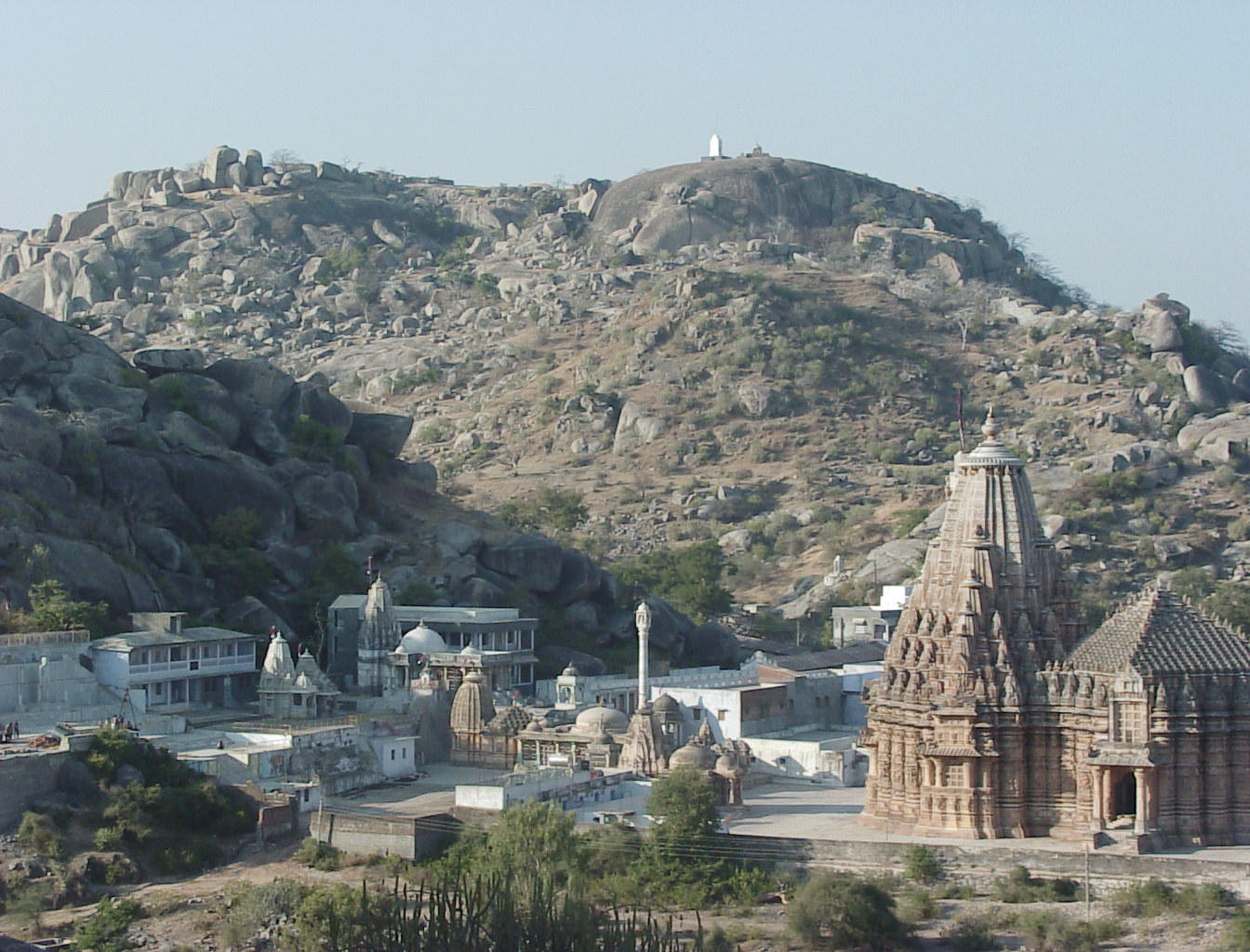
Harihar Singh, in his book on Jaina Temples of Western India (Varanasi 1982) wrote on the temple site:
“Taranga is a sacred hill of the Jainas. It is situated 35 miles northeast of the Mehsana district of Gujarat. Taranga is also a Railway Station whence the Taranga hill lies at a distance of three miles only. At present the hill is approached from its foot by a paved road which passes through scrubs and trees and opens at length in a long basin, in the middle of which and surrounded by an extensive paved courtyard stands the temple of Ajitanātha.
Taranga is also called Tārāpura, Taraura, Tārāvaranagara, Tāraṇagiri, Tāragiri, Tāraṇagaḍha, Tāraṅgakaparvata, Tārahganāga, Tāraṅgakagiri, Tāraṅgaḍha and Tāraṇadurga. [1] Among one hundred eight names of Shatrunjaya enumerated by Dhaneśvarasūri Tārāgiri (Taranga) is one. [2] As for the origin of the name of Taranga, Nyāyavijaya has pointed out that in the 15th century A. D. Taranga was called Tāraṇadurga, and it was from Tāraṇadurga that the term Tāraṇagaḍha, then Tārāgaḍha, and finally Taranga was derived. [3] Forbes has suggested that the name of Taranga is derived from Tāruna Mātā whose temple exists on the hill. [4]
It is a siddhakṣetra, as here were liberated Varadatta, Varāṅga, Sāgaradatta and three and a half crore Munis [5] During the historical period Vatsarāja (Pratīhāra) built a shrine of the Buddhist goddess Tārā at this place and hence the place was called Tārāpura. Later Vatsarāja is said to have accepted Jaina religion and erected there a shrine to Siddhāyikā, the Yakṣī of Mahāvīra. Some time afterwards the shrine fell into the hands of the Digambaras, who continued to hold its possession until they were ousted by Caulukya Kumārapāla, who ordered his Daṇḍanāyaka Abhaya to adorn it with a temple of Ajitanātha. [6] It appears that formerly Taranga was a Buddhist site, and then it was occupied by the Digambaras and the Śvetāmbaras respectively. That Taranga was a Buddhist site is also known from the discovery of an image of the Buddhist goddess Tārā from this place. [7] About the sanctity of this place Hemacandra writes that "in religious merit it equals Shatrunjaya. “ [8] (p. 36).
“Ajitanātha temple […] is a sāndhāra-prāsāda consisting of a mūlaprāsāda, a gūḍhamaṇḍapa with a lateral entrance porches, and a mukhamaṇḍapa, the whole being placed in the centre of an oblong courtyard which is approachable from the east by a stairway. The temple faces east. This is the loftiest Jaina temple of the period under review. It measures 150 ft. long, 100 ft. wide and 117 ft. high. The temple has a double-storeyed structure; the lower storey is to be seen but from within, while the upper one is a secret storey concealed from view and the ingress to it is obtained from the gūḍhamaṇḍapa by an uncomfortable wooden ladder. The temple has considerably suffered in the hands of the renovators. On its wall is an inscription of 1585 A. D. recording a restoration made during the time of Akbar [9] During recent years the entire temple has been retouched.”
Impressions from Ajitanātha Temple at Taranga (Photos by )
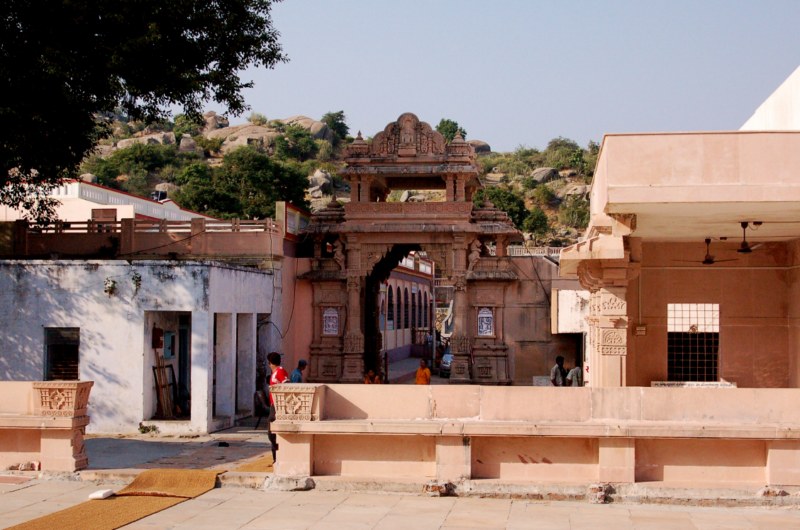
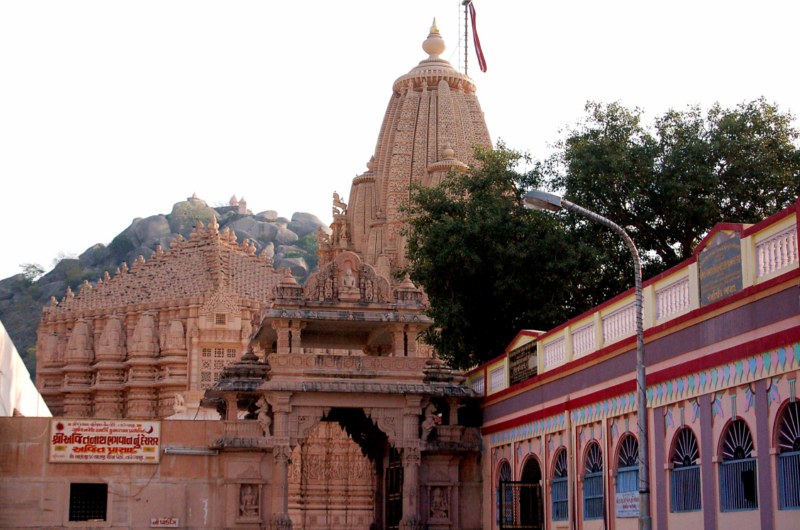
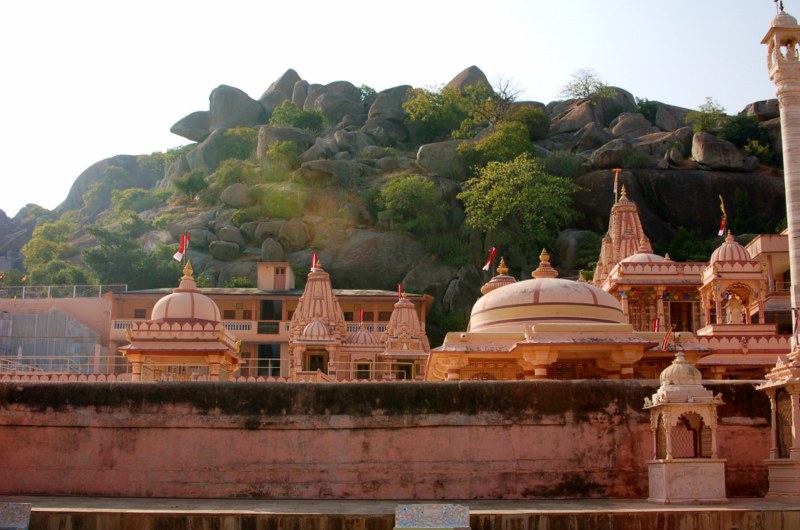
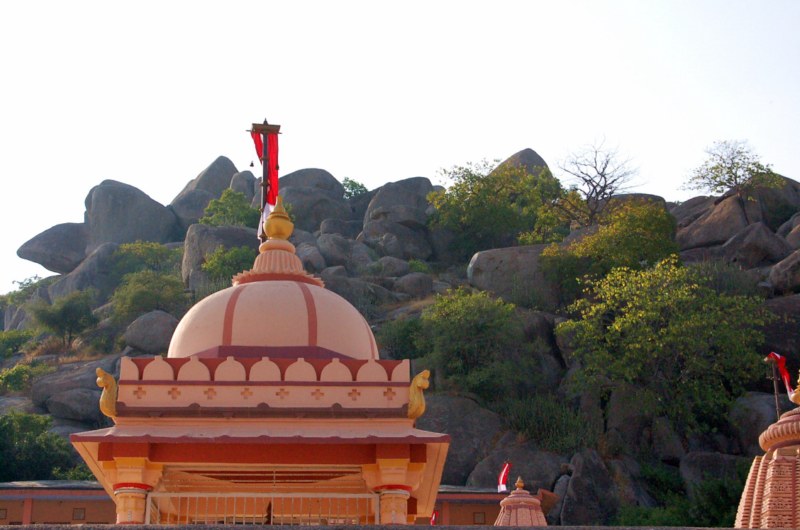
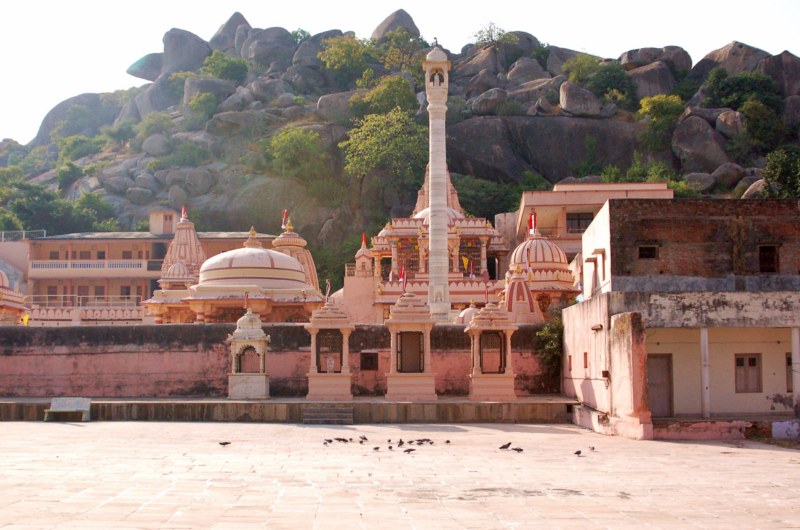
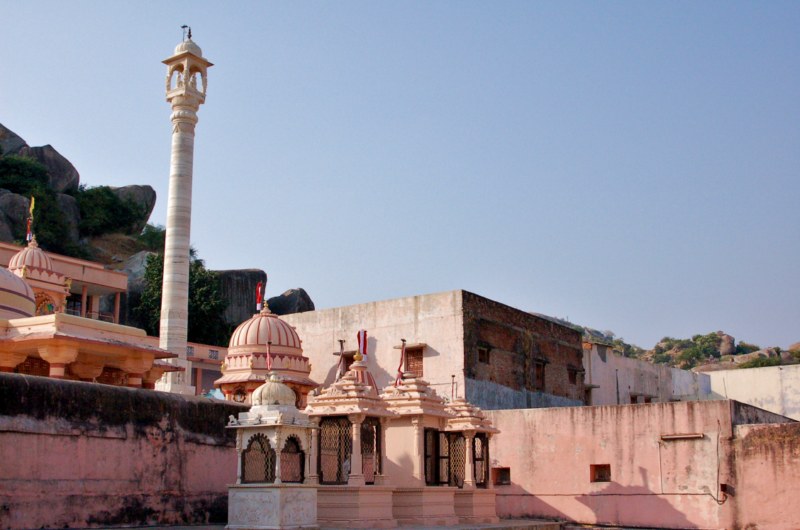
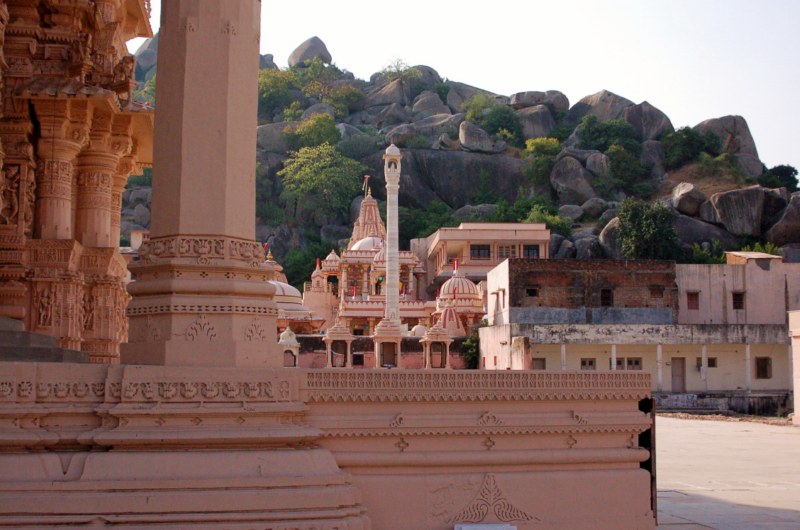
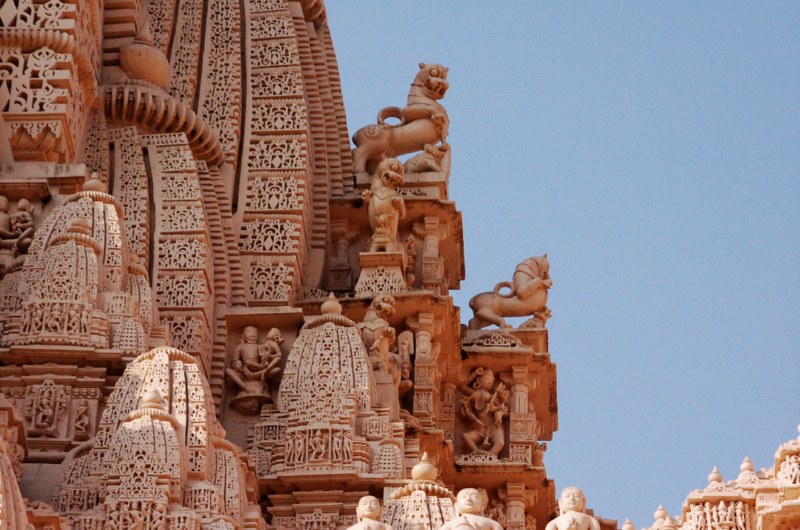
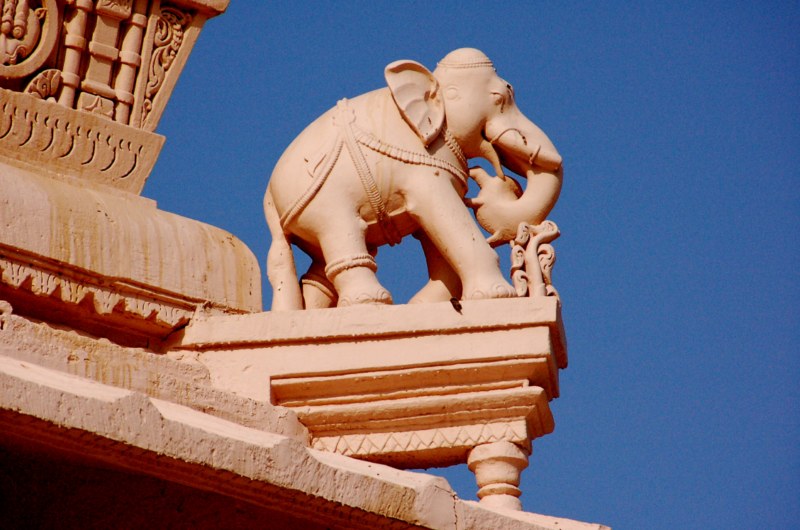
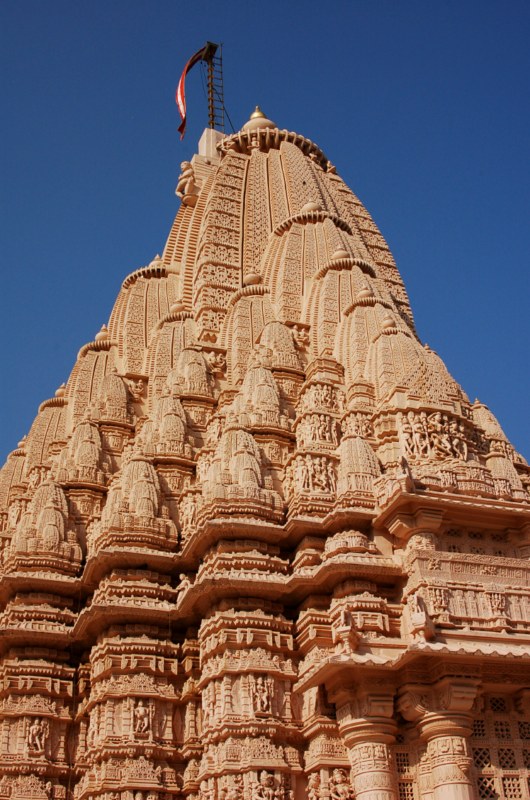
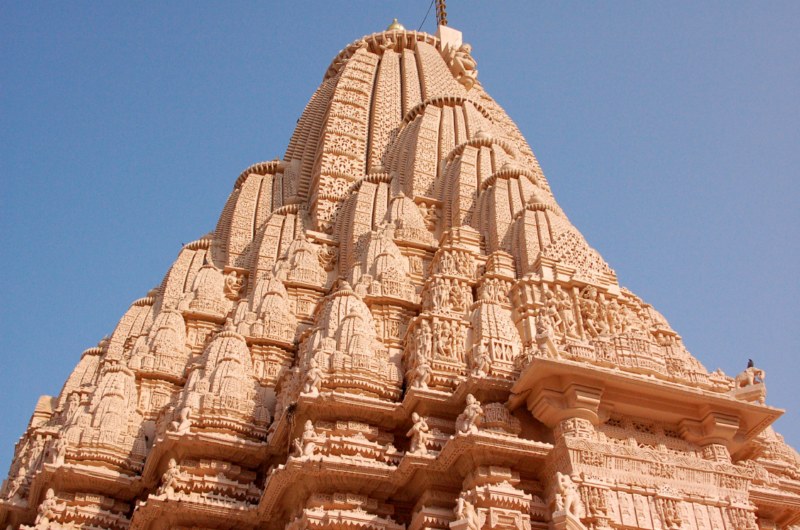
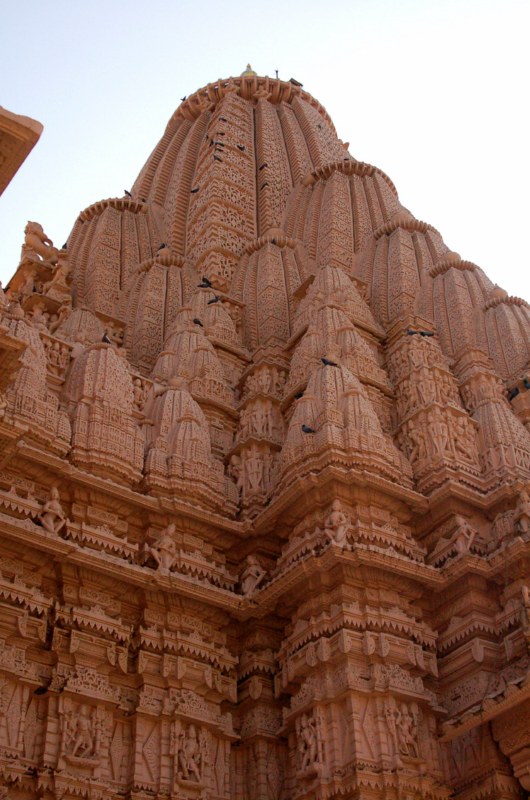
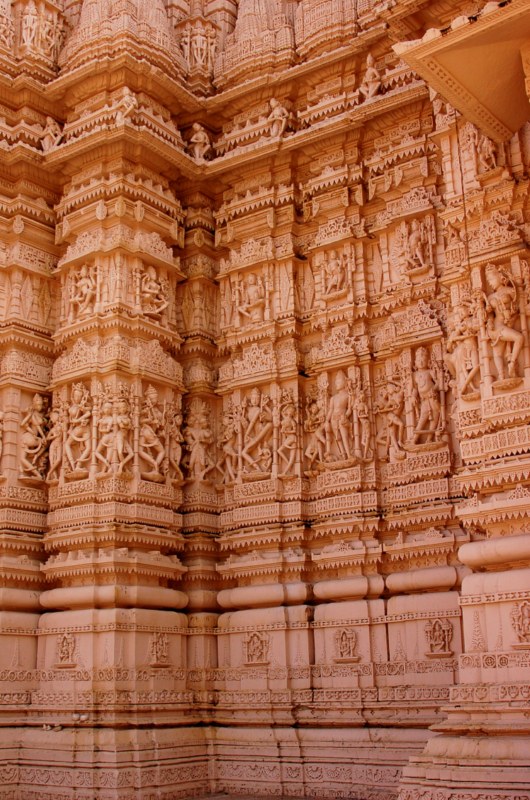
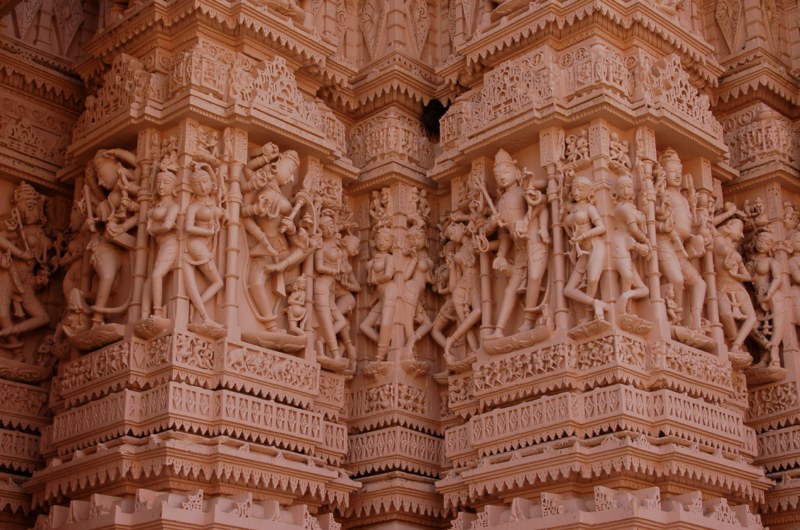
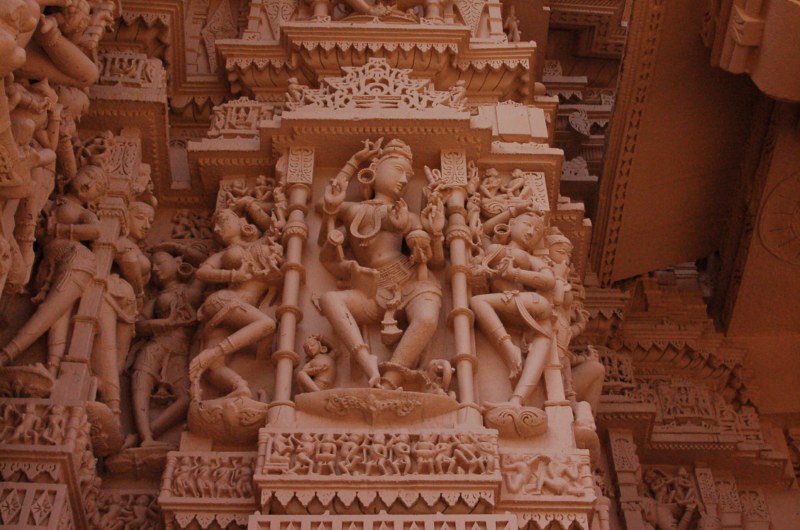
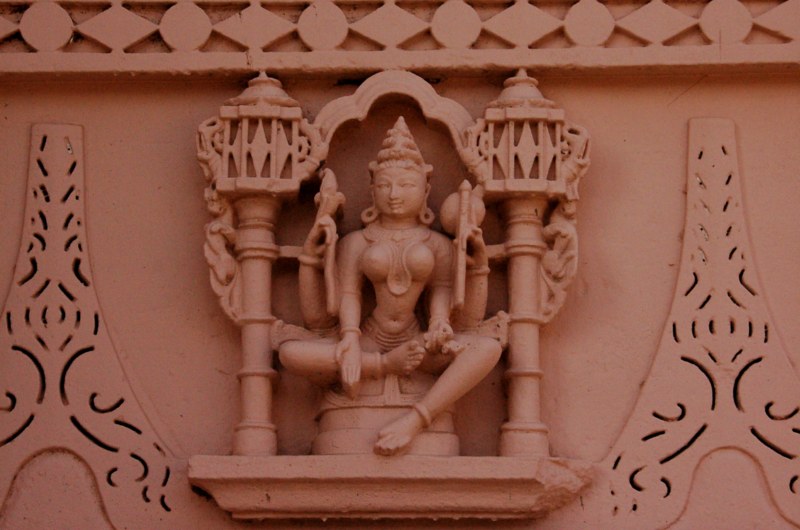
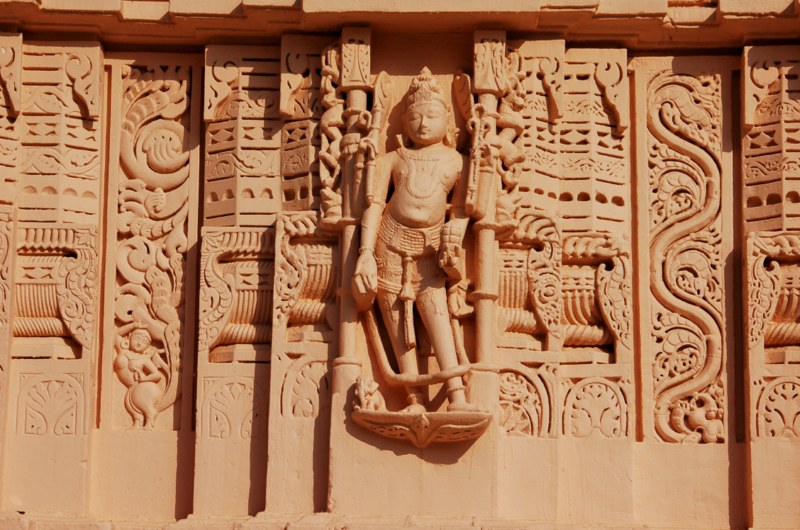
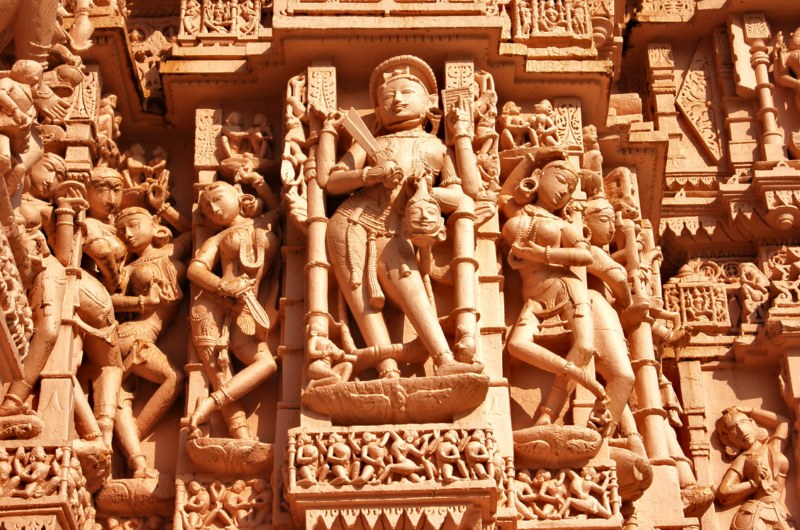
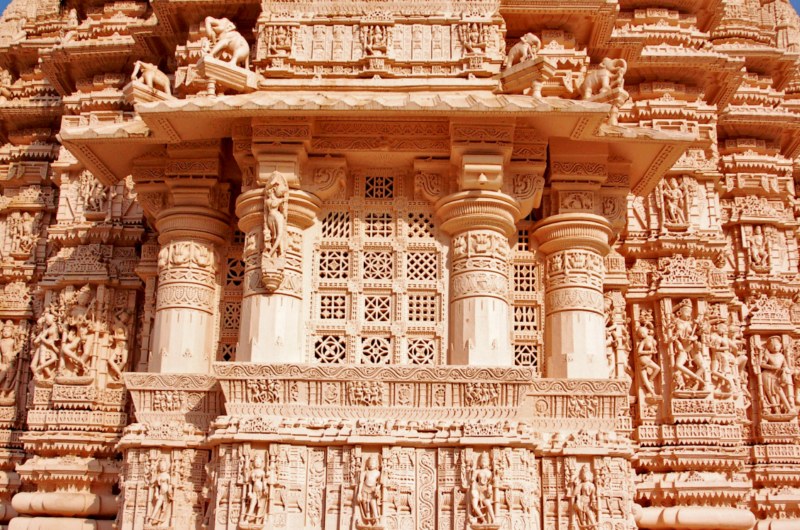
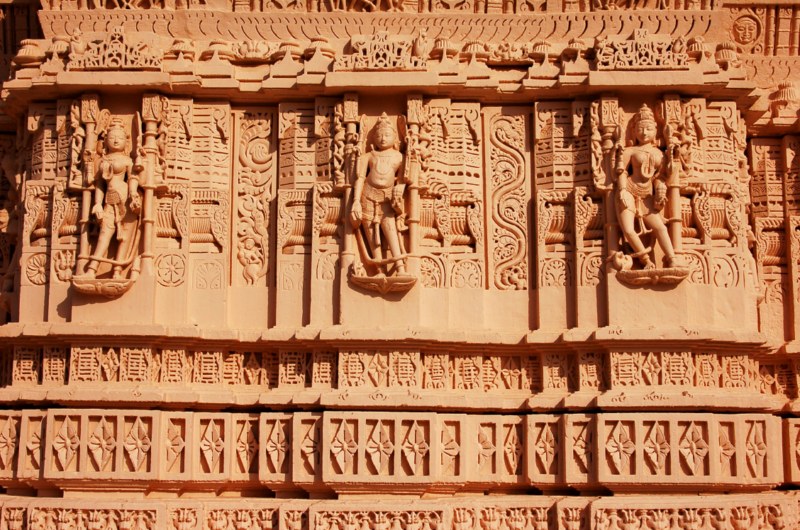
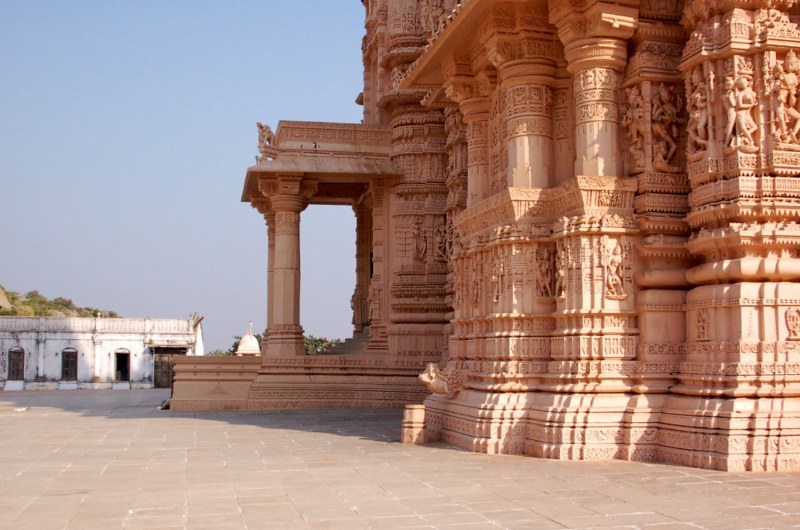
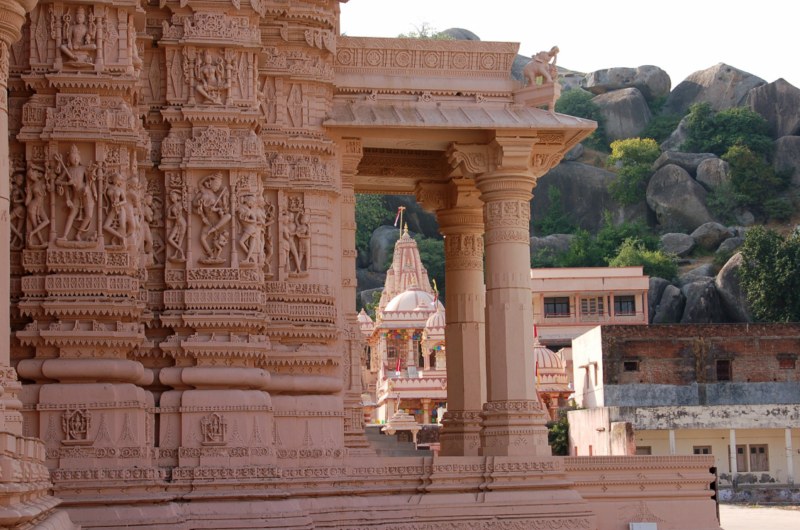
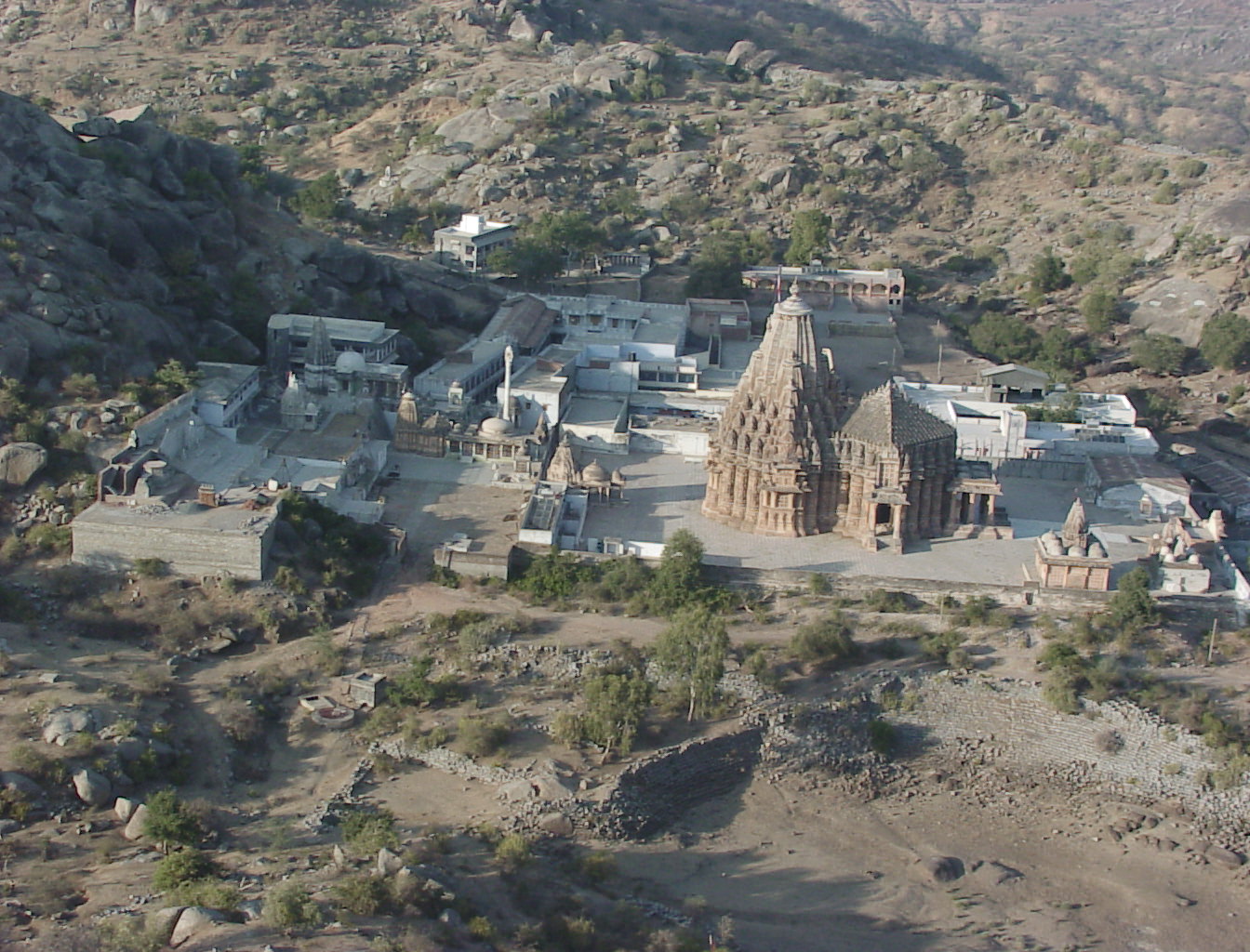
A. P. Shah, Jaina Tīrtha Sarva Saṁgraha, Vol I., Pt. I, Ahmedabad 1953, p. 146; Jaina Paraṁparāno Itihāsa, Vol. II, p. 734; V. P. Johrapurkar (ed.), Tīrthavandanasaṅgraha, Sholapur 1965, p. 146.
Śatruñjaya Māhātmya, Gujarati transl. by B. F. Kārabhārī, Surat 1912, p. 34; Nyāyavijaya, Jaina Tīrthono Itihāsa (Gujarati), Mehsana 1949, pp. 192-193.
Prabhācandra, Prabhāvakacarita, ed. by Jinavijaya, Calcutta 1940; Gujarati transl., Bhavnagar, V.S. 1987, p. 328.
